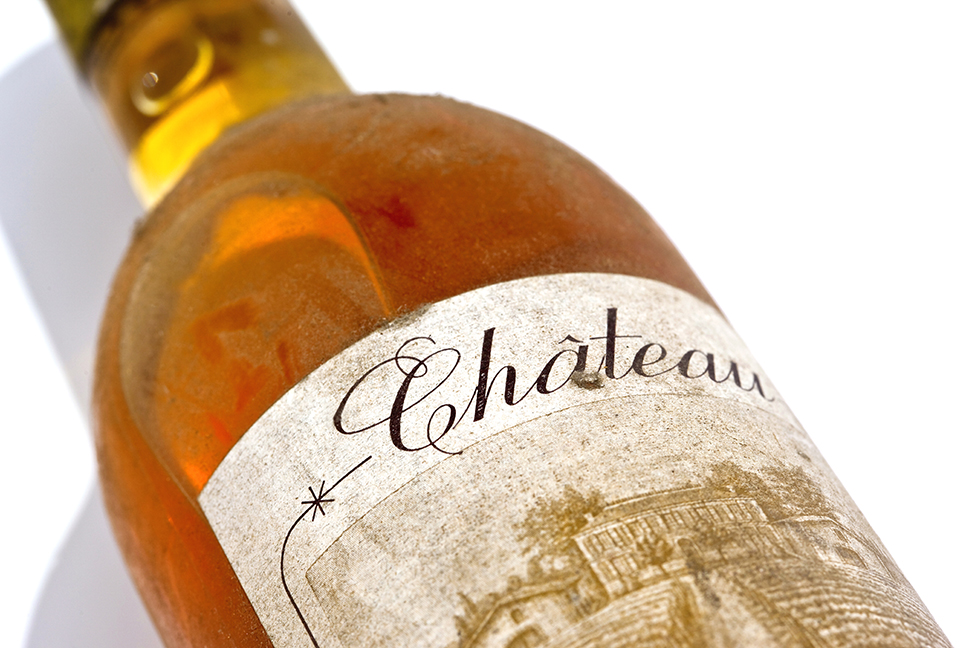Valentine’s Day is here and with it, as always, comes the hope of unexpected love, or possibly, passion restored to an existing love. Every year, ardent lovers puzzle over just the right elixir to offer their sweethearts in anxious anticipation of igniting a spark of romance or fanning the flames of a slow-burning blaze. This year, look to Southwestern France on the Atlantic Coast. Beyond the historic city of Bordeaux, along the banks of the Garonne and Ciron Rivers, lies the renowned Sauternes region. This is the home of Sauternes, arguably the most famous sweet wine in the world. This rare and beautiful wine is just the potion to offer your beloved on the celebrated day of St. Valentine.

Sauternes (and the neighboring district of Barsac) is a region entirely devoted to the production of eponymous fine, sweet wines. Forget everything you know about sweet wines. Sauternes is surely the opposite. Perfectly balanced with high acidity and alcohol, these elegant wines are luscious marvels that have been savored by royals and the privileged classes for centuries. Not cheap in quality or price, Sauternes is a wine revered for both its divine flavor and its class.
Sauternes is created from semillon and sauvignon blanc grapes that have been infected with the fungus, botrytis cinerea, or as the French like to call it, “noble rot.” The grapes are left on the vine until they begin to whither and then gently harvested when a soft, powdery gray mold covers the bunches. No one in their right mind could imagine that such an astounding wine might be crafted from rotted grapes, so it’s likely that the discovery of Sauternes was made quite by accident centuries ago.
This region of France offers a singular ecosystem where noble rot thrives. Situated on the banks of two rivers, the cold morning mists coupled with warmer, dry temperatures later in the day, create the perfect environment for botrytis to grow. Botrytis causes the grapes to dehydrate and concentrates the sugar in the remaining juice. The berries are carefully picked by hand and pressed with great care before a long fermentation of up to a year in oak barrels. After fermentation, Sauternes are aged for a minimum of two years.
The flavor of Sauternes can be likened to ripe apricots and honey with a vibrant minerality, ripe and opulent on the palate. The color of the wine is golden and just a small amount is enjoyed at a time. Sauternes is not gulped but sipped slowly so as to savor every last delightful drop.
At about 13% alcohol and 12% residual sugar, Sauternes is not a wine for the timid. It is, however, extremely versatile. Some claim the ultimate food pairing with Sauternes is rich foie gras. Others prefer to enjoy their Sauternes with a dessert such as apple pie or the French Tarte Tatin. Residents of the Sauternes region insist the wine can be effectively and deliciously paired with a full meal and should not be limited to just appetizers and desserts. Still, many aficionados prefer to sip Sauternes on its own without the necessity of food. Whatever your preference, Sauternes never fails to impress.
The very best Sauternes is Chateau D’Yquem, which carries the highest rating of “Premier Cru Supérieur Classé.” If you are unable to find Yquem, don’t hesitate to purchase any other Sauternes or Barsac. With their unwavering attention to detail, the wines from this incredible region are truly the best of the best.

Usually sold in half-bottles, a Sauternes is the ultimate sweet to bestow upon your beloved. Pour this golden elixir into a beautiful crystal glass and watch your evening transform. It’s like nothing you’ve ever experienced.
Happy Valentine’s Day! Cheers!
Leave a Reply